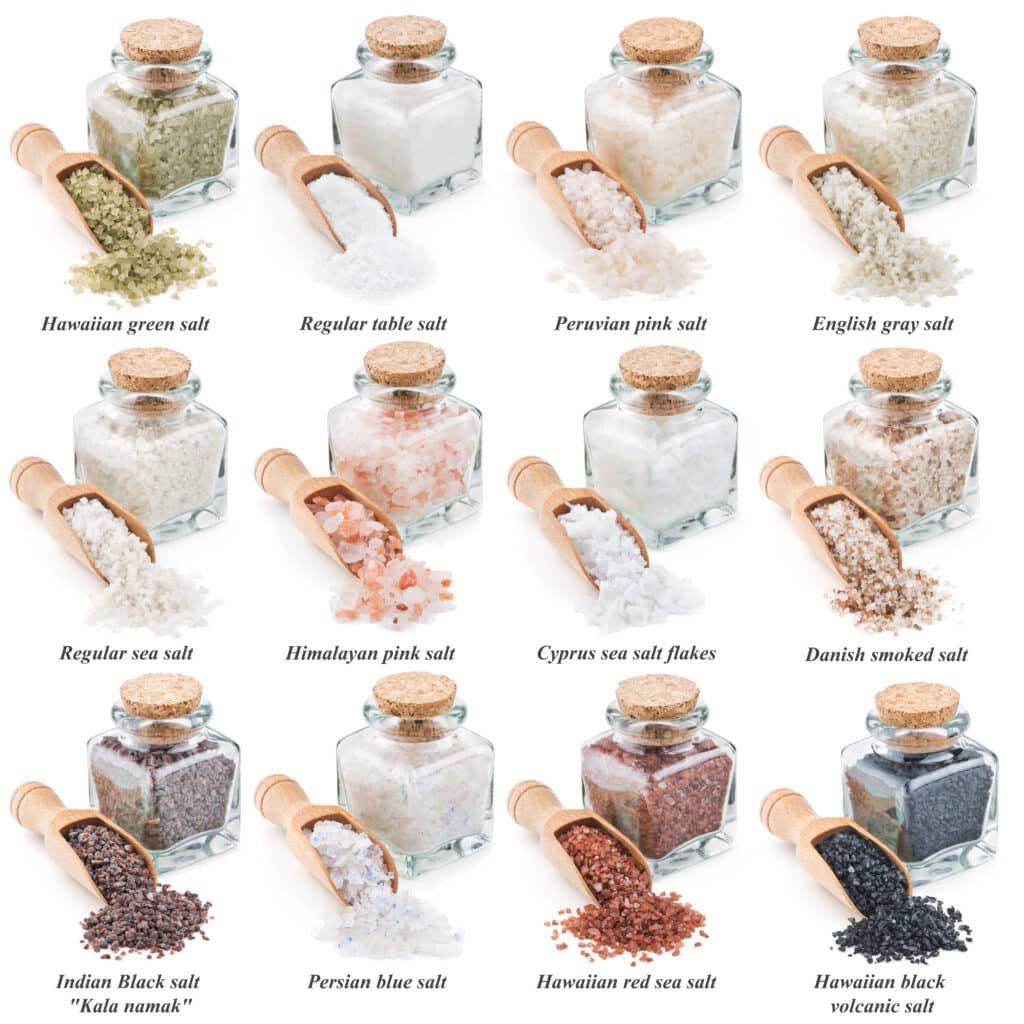
Salt is more than just a kitchen staple—it’s a culinary game-changer. Many home cooks are familiar with the dilemma: You reach for salt to season your dish and pause, wondering if the type on your shelf is truly the best choice for your meal.
Perhaps you’ve asked yourself how different salts might enhance or detract from the flavor of food, or if that fancy sea salt is worth its price tag.
One fascinating fact about this crystalline mineral is that it not only seasons our foods but also plays an essential role in human health—balancing fluids in our bodies, aiding nerve function, and helping muscles contract.
Prepare to explore a world beyond simple sodium chloride; one where each grain tells a story of geography, history, and culinary tradition—a pinch away from enhancing every dish you create.
Ready? Let’s dissolve into the savory details.
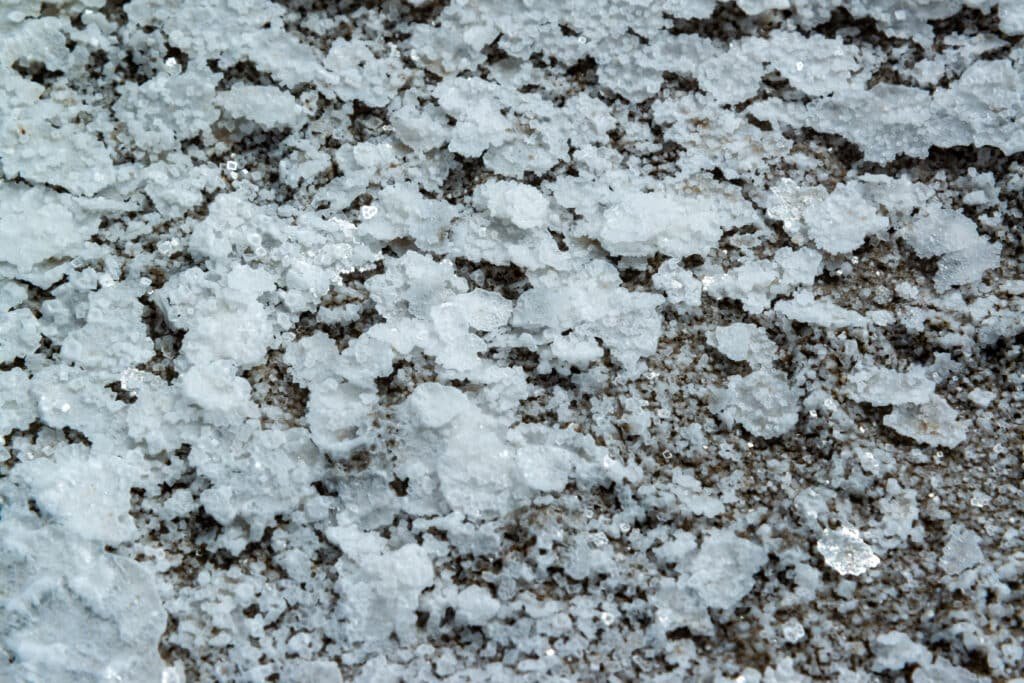
Salt, in its essence, is far more than just a simple seasoning; it’s a compound deeply rooted in human history and pivotal to our very survival. This mineral, scientifically known as sodium chloride (NaCl), boasts unique physical properties that have made it indispensable in various aspects of life—from culinary arts to ancient preservation techniques.
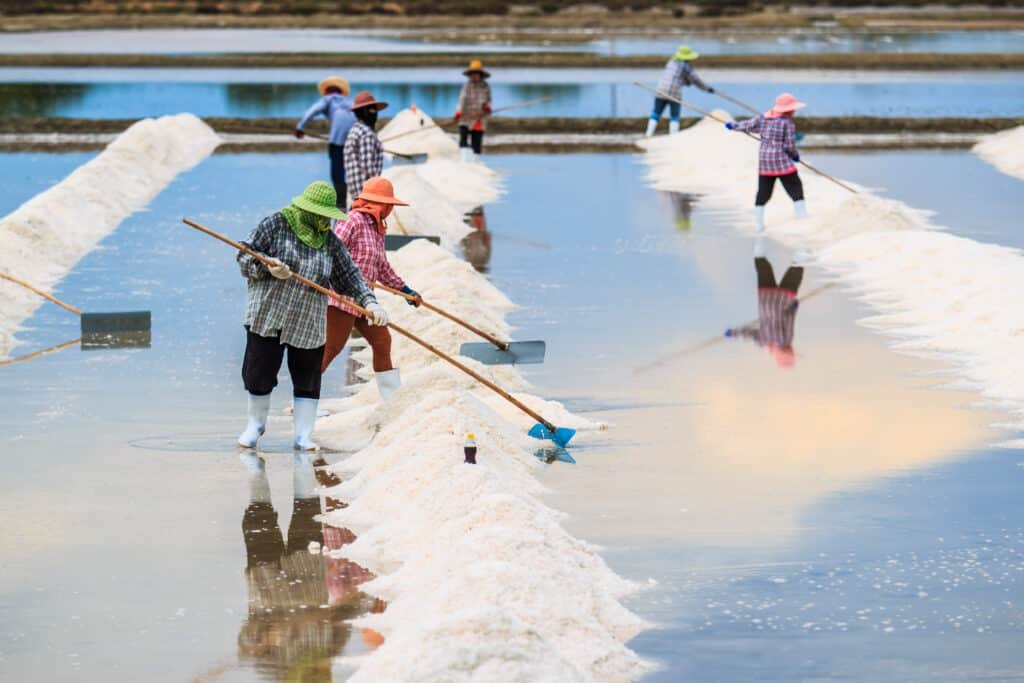
Long ago, people found out that salt is a great way to preserve food. They also used it to make their food taste better. Everyone wanted salt because it made life easier and tastier.
Salt has a big story behind it. In ancient Egypt, they would use salt to keep their mummies safe for many years. It was so special that they even gave it as gifts to their gods. People needed salt so much that they would travel far and trade precious items just to get some.
Many wars were fought over places with lots of salt because everyone knew how important it was. Even in religion and talks between countries, salt played a big part. It wasn’t just something you put on your dinner; it changed history!
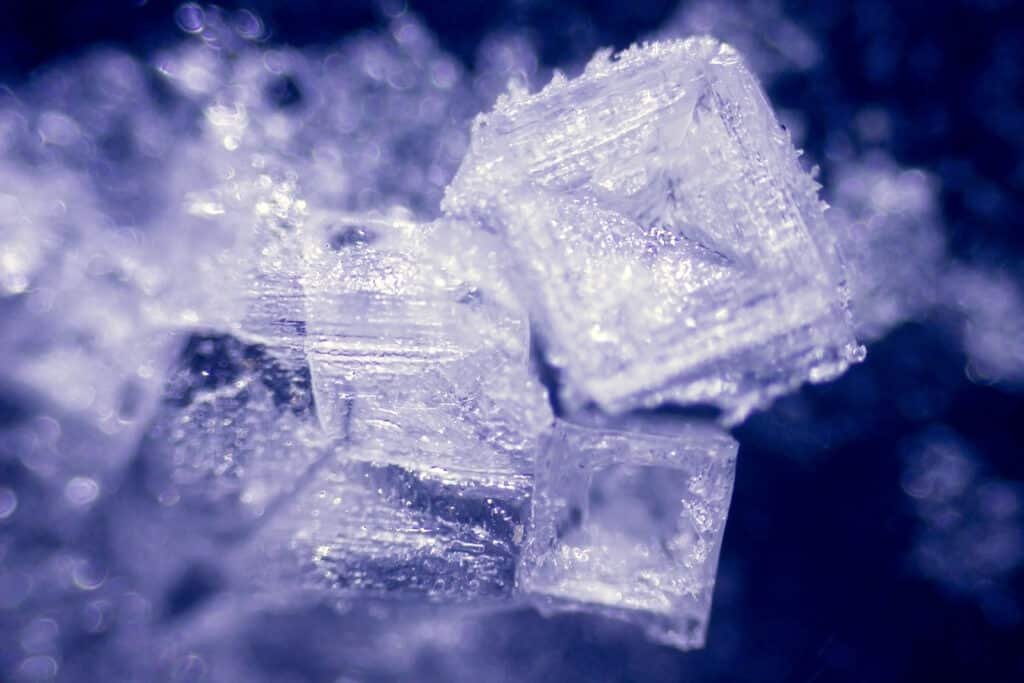
Salt isn’t just a piece of history; it’s also fascinating to look at and touch. You can see this when you find salt in your kitchen or maybe along the road during winter. Salt has a special shape called crystalline.
Salt, specifically sodium chloride (NaCl), which is the most common type of salt used in cooking and food preservation, has several key physical properties:
These physical properties make salt an important and versatile substance, not only in culinary applications but also in industrial and scientific uses.
Salt is harvested through several methods, each suited to different environments and resulting in various types of salt. Here are the main methods:
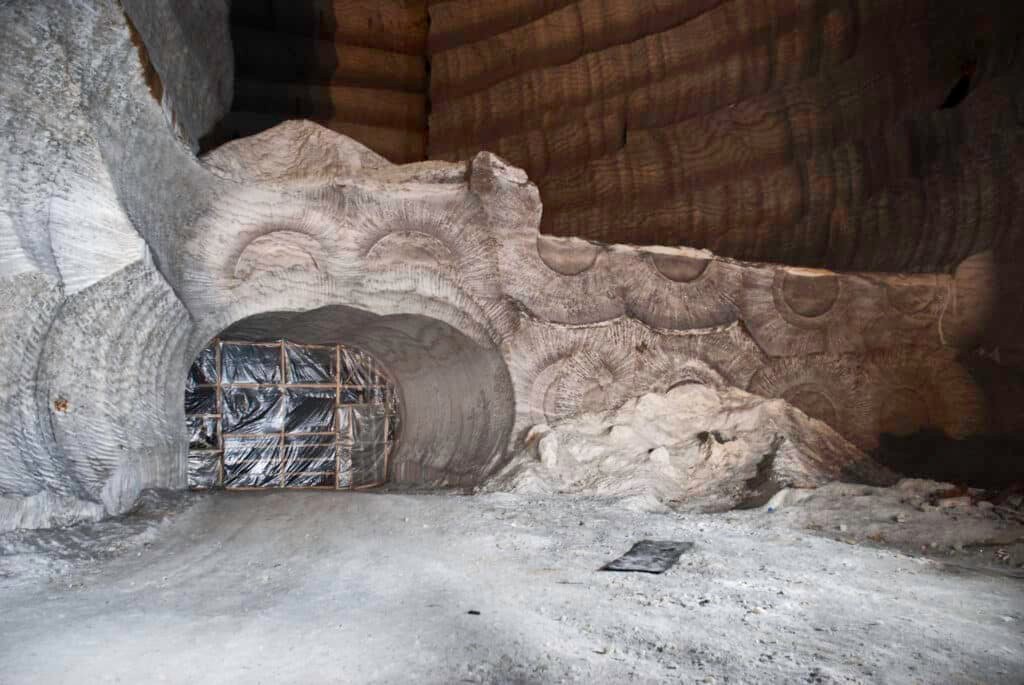
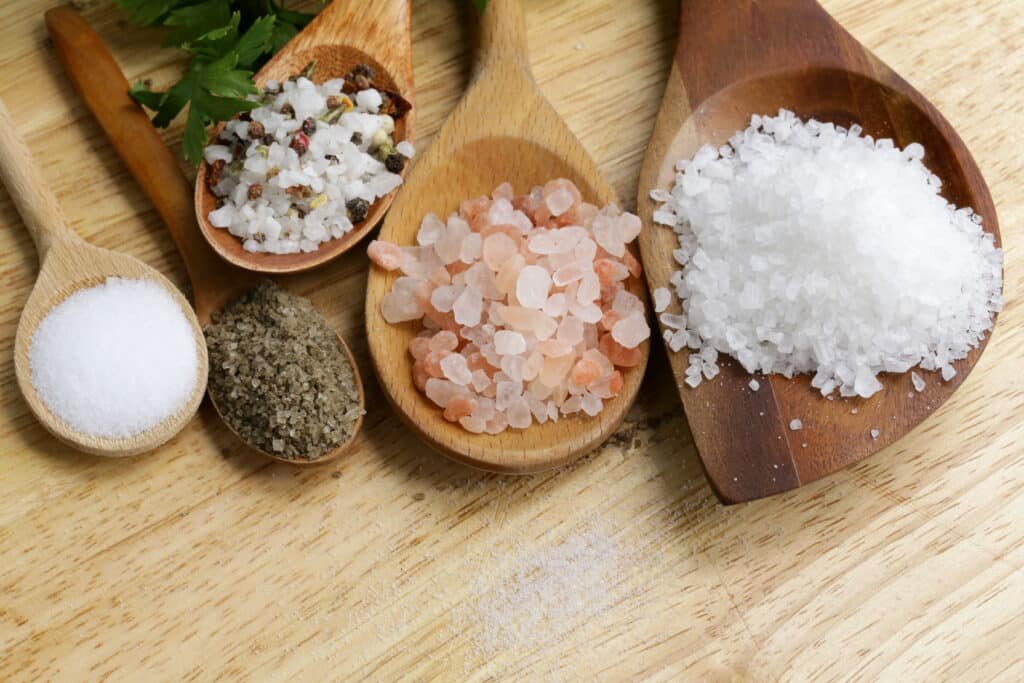
Moving through history and beyond mere chemistry, let’s delve into the world of edible salts—those granules that not only preserve our foods but also enhance their flavors. From the ubiquitous shaker on your table to exotic pink crystals from ancient seabeds, we find a variety of salts each with its unique taste and culinary application.
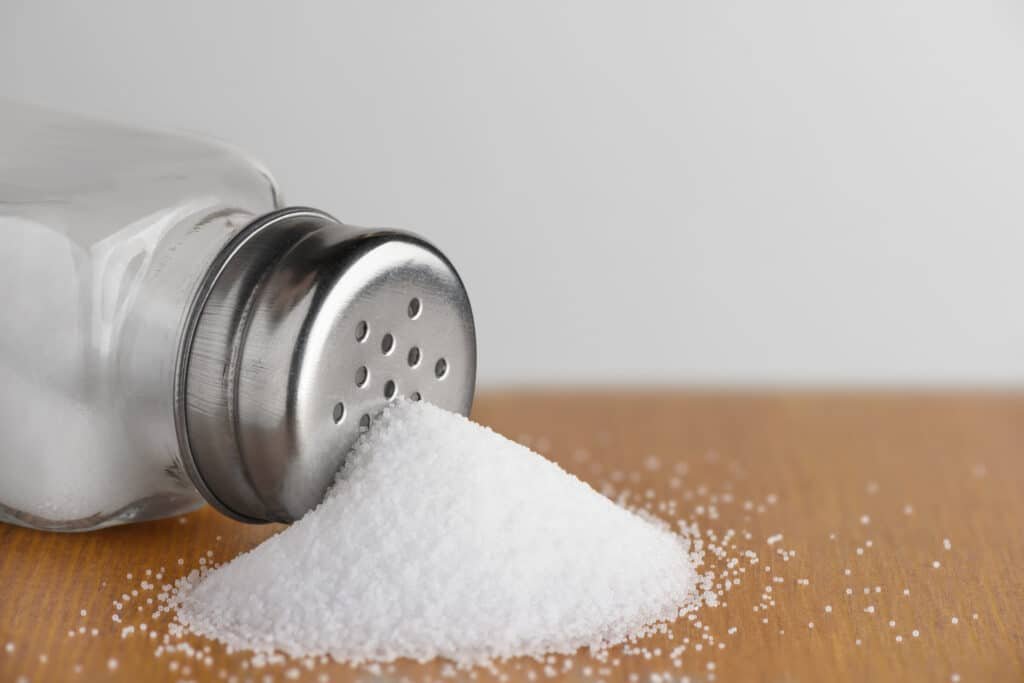
Fortified table salt is a type of salt that has extra iodine added to it. Iodine is important for keeping your thyroid gland healthy, which controls how your body uses energy and stays warm. Many believe people used to get sick from not having enough iodine in their diets, and thought adding it to salt would help. This kind of salt also sometimes has other things put into it so it won’t clump together in an effort to make cooking with it easier.
Iodized salt has been a significant public health initiative to prevent iodine deficiency. However, there are some health concerns associated with its consumption:
Note: There is more and more evidence that iodine may be the cause of high blood pressure and not salt.
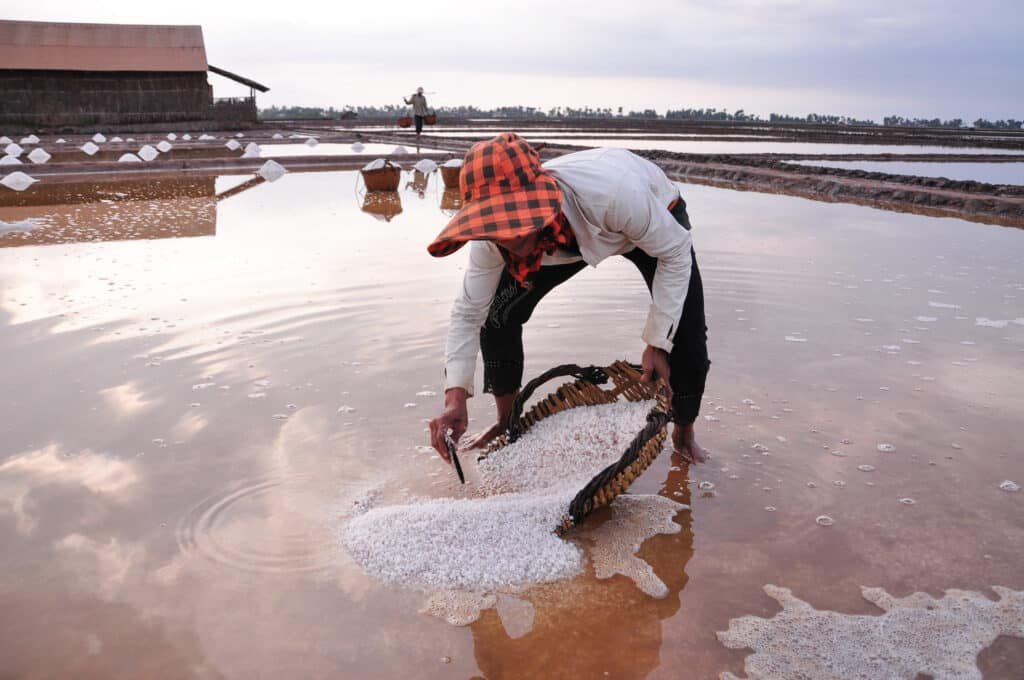
Sea salt comes from evaporating seawater. It’s a natural kind of salt that people like for its minerals. These extra bits give food more flavor and color. You can find sea salt in many kitchens because it can make dishes taste better.
This salt is good because it’s not changed much from when it gets taken out of the ocean. You can buy sea salt as big crystals or fine grains, so there are lots of ways to use it in cooking.
Try sprinkling some on top of salads for an extra burst of flavor or mix it into meat before roasting to bring out the best tastes.
Lots of folks choose sea salt over regular table salt because they care about eating well. Sea salt still has minerals that the body needs, and these can help you feel great while making your meals delicious too!

Moving away from the ocean, we find Himalayan Pink Salt, a rock salt mined in the mountains of Pakistan. This salt stands out because of its beautiful pink color. The color comes from minerals like calcium, magnesium, potassium, and iron inside it.
These minerals not only give the salt its unique hue but also pack it with nutrients that many health-conscious cooks love.
Himalayan Pink Salt is often said to be better for you than regular table salt. It’s less refined and doesn’t have any added iodine or anti-caking agents. Many people use this good salt for cooking and finishing dishes to add both flavor and a pop of color.
Some also believe that it can help with things like reducing acidity in your body and even losing weight.
This special kind of rock salt has been linked to helping ease health issues too. However, just like any other type of edible salt, Himalayan Pink Salt has sodium chloride. This means you should still watch how much you use so it fits into a healthy diet.
Be aware: True Himalayan Pink Salt is mined from the salt veins inside the Khewra mine in Pakistan. This is usually done manually to preserve the structure and purity of the salt. The use of minimal processing and machinery helps maintain the natural state of the salt. Much of Himalayan salt today comes out of China so be sure you are using authentic salt.
Kosher salt stands out with its big, chunky crystals. Its name comes from the way it helps to make meats kosher. This happens by drawing blood from meat, which is a step in the Jewish tradition of preparing food.
Because kosher salt has no added iodine, it tastes clean and pure.
Chefs love using kosher salt because the larger grains make it easy to pick up with your fingers and sprinkle over food. This gives them more control when they’re cooking. It also dissolves well, which makes flavors blend nicely in dishes. See Seasoning Prime Cuts of Meat for more.
What makes it kosher? Kosher salt is named for its use in koshering meats, featuring coarse, flake-like grains ideal for drawing out blood as required in Jewish dietary practices. Free from additives like iodine, it’s preferred for its pure quality and texture, which allows for precise seasoning control in cooking. The term “kosher” refers to its suitability for the kosher process, not its adherence to religious dietary laws.
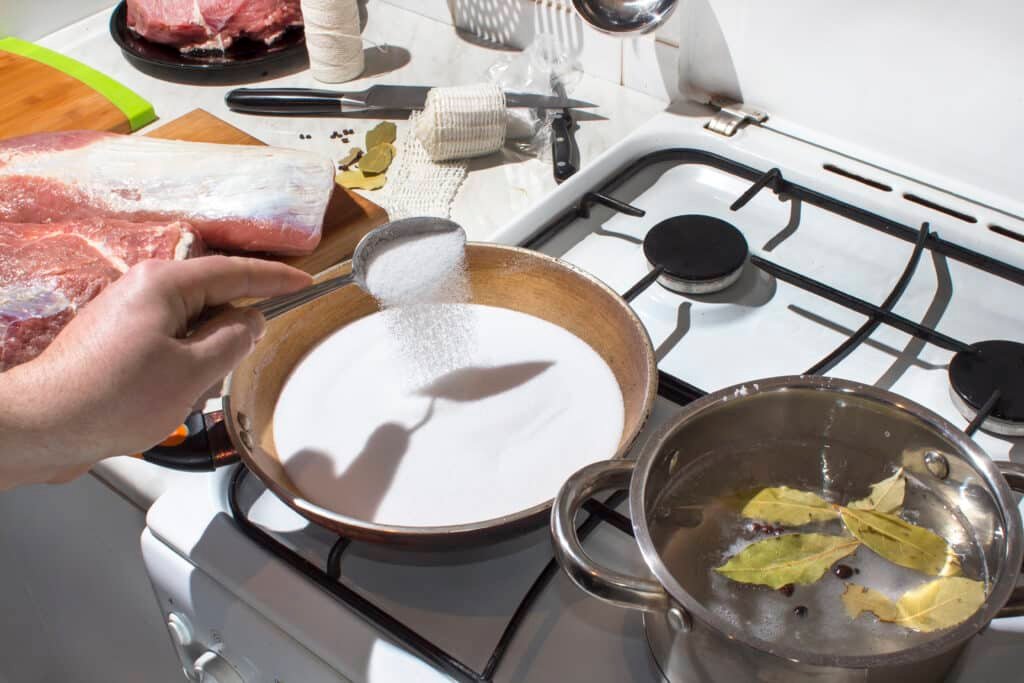
Pickling salt stands out because it’s pure. It doesn’t have stuff mixed in that keeps it from clumping together. The grains are tiny and dissolve fast, which is perfect for making pickles.
Foods get a good salty flavor without any extra bits floating around.
This salt works great when you need to make pickled cucumbers or other canned veggies. You can be sure your pickles will turn into tasty treats with its help! Just remember not to swap it with other kinds since each kind of salt does its special job in cooking.
For those who like trying new things, there are salts with less sodium that you might use for quick pickle recipes. But your pickles may taste a bit different from the usual ones if you do this change-up.
Pickling salt and kosher salt both come clean as plain old sodium chloride, and they give food that yummy salty kick!
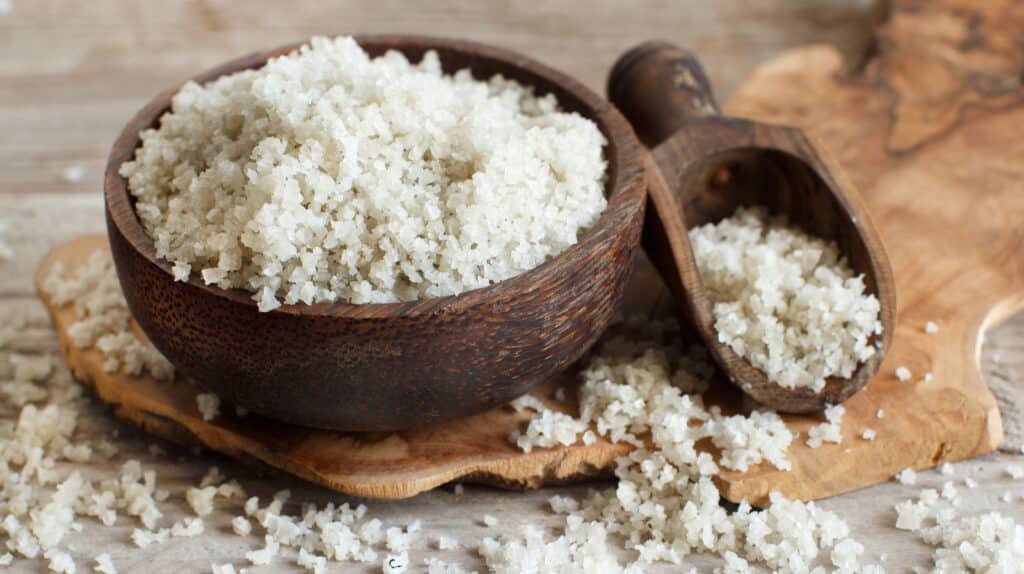
Celtic sea salt, distinguished by its moist texture and rich mineral profile, is versatile in cooking. It’s used as a seasoning during the cooking process, where its unique minerals enhance the depth and complexity of flavors. Especially effective as a finishing salt, it can be sprinkled over dishes just before serving to elevate the taste.
In brining and marinating, Celtic salt tenderizes and flavors meats, poultry, or fish, while in baking, it balances sweetness and adds flavor complexity. Its use in creating salt crusts for fish or meat results in tender, flavorful dishes. Though less common for preservation due to its moisture content and cost, it can still be employed in curing foods.
Celtic salt also enhances homemade salad dressings, sauces, and the cooking of grains and legumes. Due to its robust flavor, adjustments in quantity might be necessary compared to regular table salt, and its unique properties should be considered, particularly in baking.
For light, flaky salt, there are a few excellent options, each with unique characteristics:
Each of these salts brings a distinct texture and flavor profile to dishes, making them excellent for use as finishing salts. They are typically used to sprinkle on food right before serving, as their delicate flakes can dissolve if cooked or added during the cooking process. It’s worth experimenting with different types to see which one best suits your taste and culinary needs.
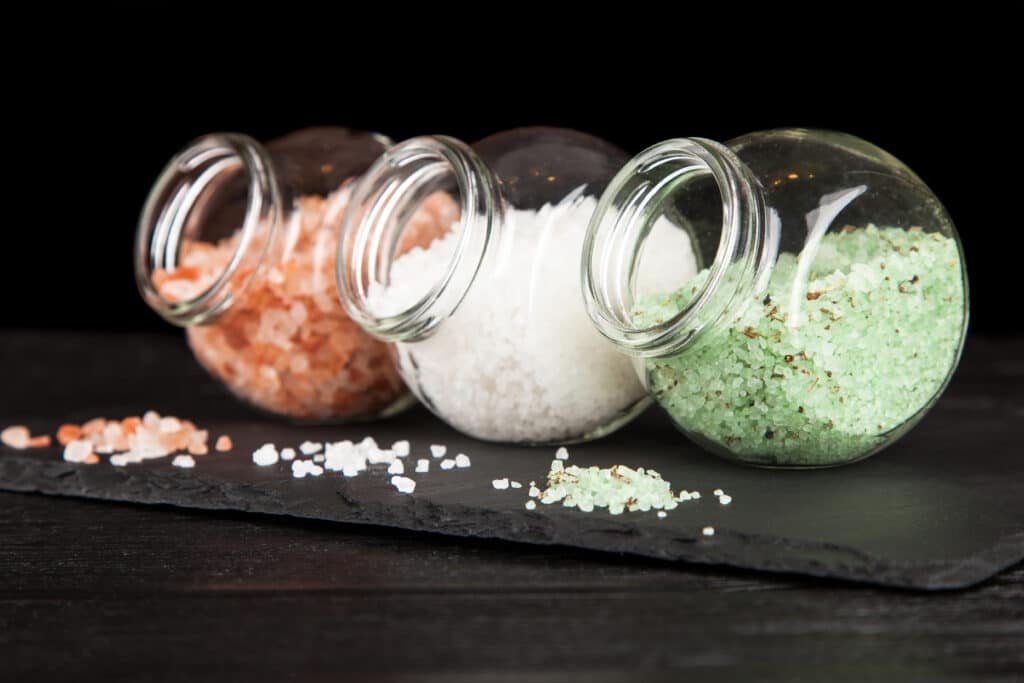
Venturing beyond the common table and sea salts, there’s a world of specialty salts with unique colors, flavors, and culinary uses; each offers a distinct taste experience and aesthetic appeal that can elevate your dishes from the every day to the gourmet.
Whether you’re looking to enhance a dish’s visual presentation or infuse it with an exotic flavor profile using 12 different types of salt, artisanal salts are key culinary assets for any adventurous home cook.
Black Hawaiian salt, also known as black lava salt, brings a touch of the exotic to your kitchen. This special seasoning is born from sea salt that’s been blended with activated volcanic charcoal.
The result? A stunning deep-black color that looks amazing on any dish.
You’ll find this unique flavor booster comes straight from Hawaii’s Molokai island. Chefs and home cooks alike treasure it for its rich, earthy taste with slight smokiness. It’s not just about good looks—this salt adds an unforgettable twist to your meals.
Picture it crowning your grilled fish or rimming the glass of a tropical cocktail. Black Hawaiian salt doesn’t just change the look of a dish; it can transform simple flavors into gourmet experiences.
Its use isn’t limited to one type of cuisine either—it plays well in Asian recipes and Indian spices too! Just sprinkle a little onto your cooking and watch the magic happen.
Moving from the rich, earthy tones of Black Hawaiian Salt, we enter the realm of smoked salt. Imagine sitting by a cozy campfire and that smell of wood in the air. That’s what smoked salt can bring to your kitchen table.
It’s sea salt or rock salt that has been smoked over burning wood, taking on that campfire scent. Different woods give different flavors—some might use hickory for a strong taste or applewood for something sweeter.
Using Pink Himalayan Sea Salt is best if you want your smoked salt to pack a bigger flavor punch than regular kosher salt can offer. This specialty seasoning isn’t just any old cooking salt; it doesn’t have liquid smoke, dyes, or fake tastes added to it.
Instead, you get a true smoky vibe straight from nature—a gift for meats like steak and robust fish dishes such as salmon recommended with Alderwood Smoked Sea Salt.
Adding some smoked salt to recipes transforms simple foods into gourmet experiences without much effort at all! Sprinkle it on mac and cheese for an unexpected twist or rub it onto chicken before roasting to create those flame-grilled aromas right in your oven.
Red Hawaiian Salt stands out with its beautiful red color. This salt gets its unique look from alaea clay, a type of volcanic ash full of iron oxide. People love this salt for more than just its looks; it has a gentle taste and packs extra nutrition not found in regular sea salts.
It’s special to Hawaii and was once considered sacred by the island’s natives.
This mellow-flavored salt is perfect for adding something special to your dishes. Whether you’re seasoning meat or finishing off a salad, Red Hawaiian Salt brings a bit of the ocean and earth to your table.

Himalayan black salt, or kala namak, is a special kind of salt from the Himalayas. It smells like sulfur because it has some sulfur in it. This smell makes it popular in Asian and Indian dishes, giving them a unique taste.
People have been using this black salt for a very long time near the big mountains.
This salt looks different from other salts too; its crystals can be cubes or odd shapes. Pink Himalayan salt is almost not smelly at all and isn’t as salty as most salts you buy. But Himalayan black salt adds more than just salty flavor to food—it can make things taste umami, which means rich and savory.
Salt’s impact extends far beyond the mere flavoring of our food; it plays an integral role in health applications and various non-dietary uses that permeate our daily lives. From preserving foods to medicinal remedies, this versatile mineral has proven indispensable across multiple domains, demonstrating its multifaceted utility in both ancient practices and modern innovations alike.
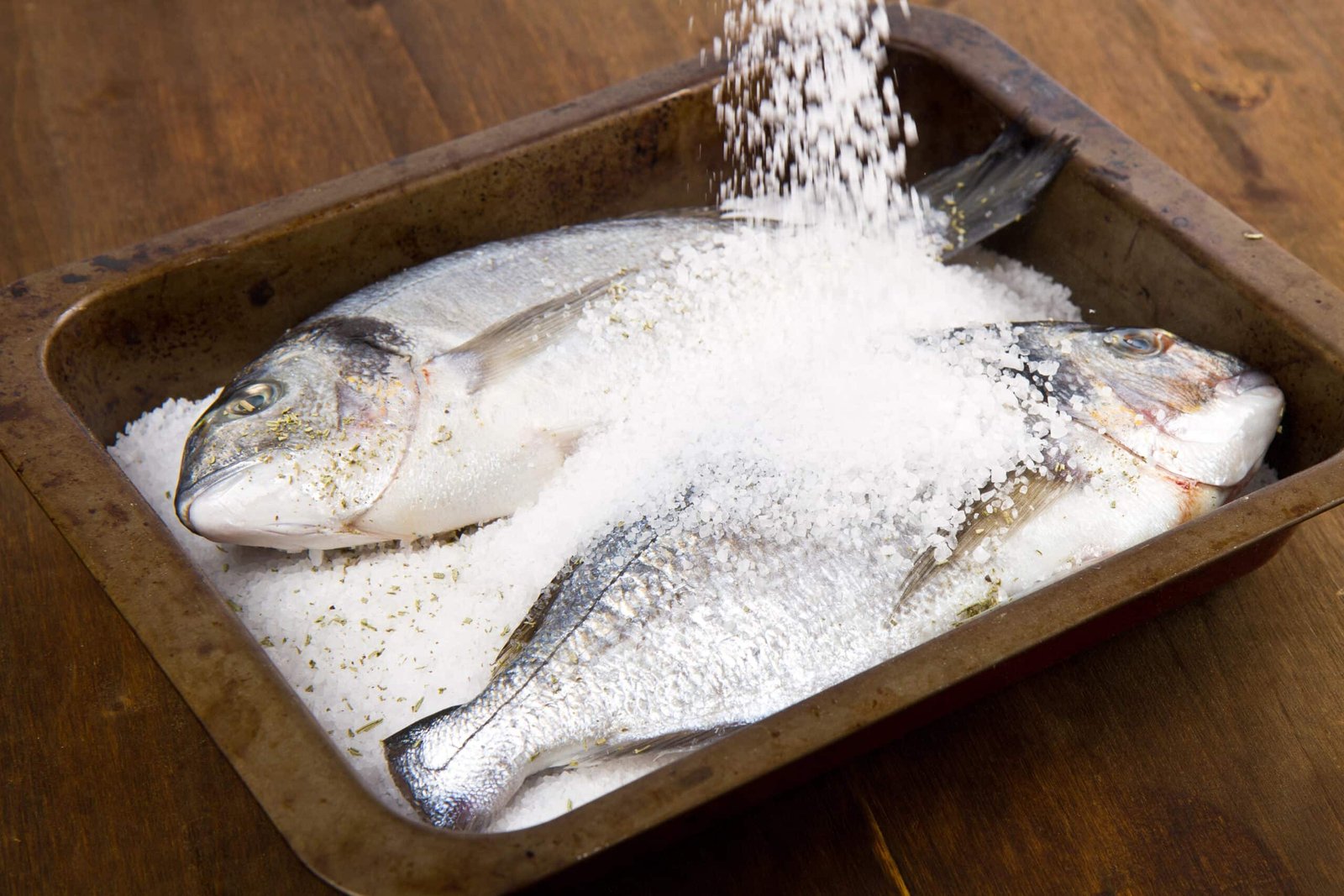
Salt is a powerful food preservative due to its ability to reduce moisture and inhibit the growth of bacteria, yeasts, and molds. Here’s how it works:
Historically, salt has been used for centuries in food preservation techniques such as curing meats, pickling vegetables, and salting fish. While it’s an effective preservative, modern refrigeration and other preservation methods have reduced our reliance on salt, allowing for less sodium in our diets without sacrificing food safety or shelf life.
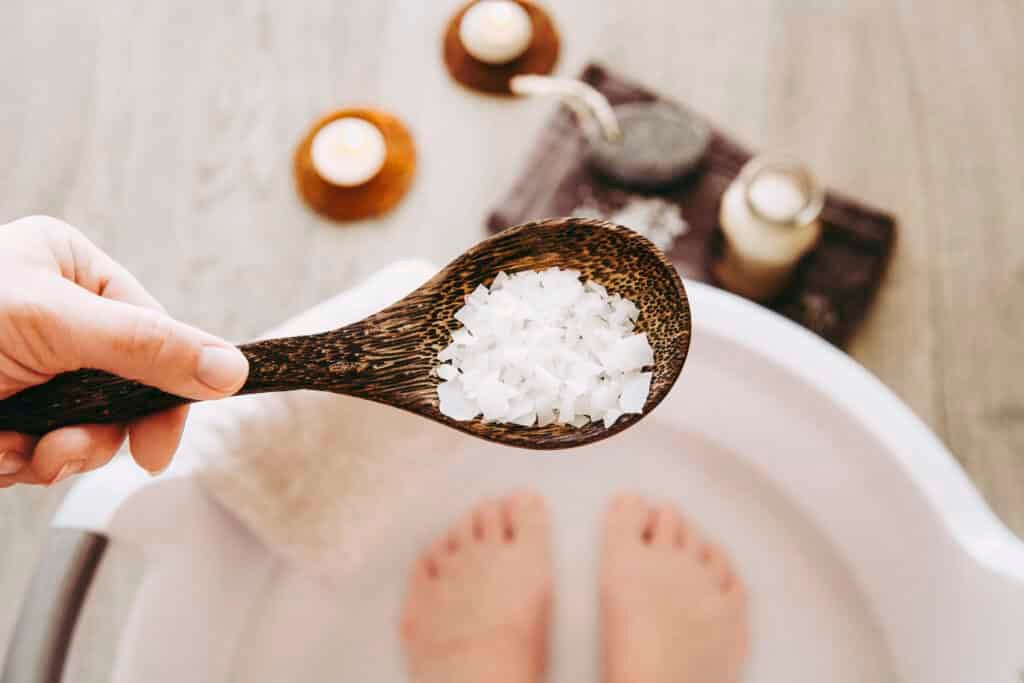
Soaking in saltwater, often using Epsom salt or sea salt, is a practice believed to have several benefits for the body due to the minerals in the salt and the effects of osmosis. Here’s how saltwater baths can be beneficial:
It’s important to note that while many people find saltwater baths beneficial, the scientific evidence supporting these benefits varies. People with certain health conditions, such as high blood pressure or heart disease, should consult with a healthcare provider before taking saltwater baths, especially if using them frequently or with a high concentration of salt.
Celtic sea salt, often known for its moisture and grayish hue, is harvested from the Celtic Sea near Brittany, France. It’s touted for its mineral content, having been minimally processed and usually containing a variety of minerals including magnesium, calcium, potassium, and trace amounts of other nutrients. Here’s how it can potentially benefit your health:
While most salts are edible and used in cooking, there are certain types of salt that should not be consumed due to their specific properties or intended uses. These include:
It’s important to ensure that any salt used for culinary purposes is specifically labeled as food-grade. Food-grade salts are processed and purified to be safe for consumption, unlike salts intended for industrial or other non-culinary uses.
I’ve created a table detailing various types of salts, their common uses in dishes, and their purpose for use:
| Type of Salt | Common Dishes | Purpose for Use |
|---|---|---|
| Table Salt | General cooking, baking, seasoning | All-purpose; adds flavor and preserves food |
| Kosher Salt | Meat brining, seasoning, rimming for cocktails are all processes that can make use of different types of salt every time. | Coarse texture ideal for koshering meat; good for seasoning and texture |
| Sea Salt | General cooking, finishing, seafood dishes | Adds crunch and flavor as a finishing salt; varies in mineral content |
| Himalayan Pink Salt | Seasoning, finishing, grilling | Mineral-rich; used for flavoring and health benefits |
| Celtic Sea Salt | Cooking, finishing, soups and stews | Rich in minerals, moist texture; used for unique flavor |
| Fleur de Sel | Finishing, gourmet dishes, salads | Delicate and light; this type of salt for cooking is used for subtle flavor enhancement. |
| Maldon Salt | Finishing, gourmet cooking, meats | Large, flaky texture; ideal for a burst of flavor and visual appeal |
What does a pinch of salt mean?
A “pinch of salt” is a common cooking measurement that refers to the small amount of salt that can be held between your thumb and forefinger. While it’s not a precise measurement, it’s generally understood to be equivalent to around 1/16 to 1/8 of a teaspoon.
This term is often used in recipes to suggest adding a very small amount of salt, just enough to enhance the flavor of a dish without making it noticeably salty. The actual amount can vary slightly depending on the size of one’s fingers and how tightly the salt is pinched.

As we’ve seen, salt does more than just make food taste good. It comes in many shapes and colors, each with its own special flavor and use. From cooking to health benefits, there’s a type of salt out there for everyone.
Have fun trying different kinds! Remember, the right pinch can turn a simple meal into something amazing.